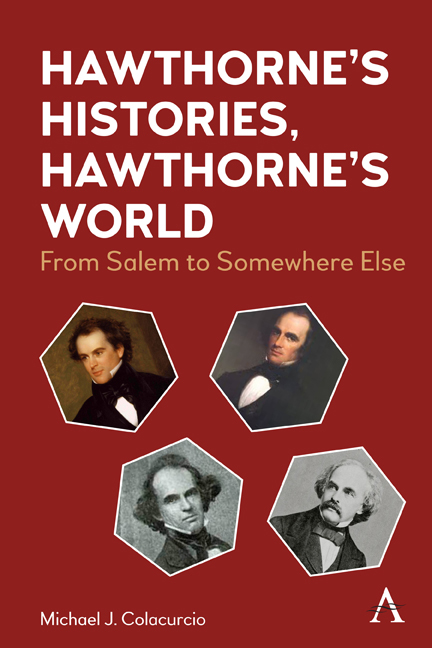Book contents
- Frontmatter
- Dedication
- Epigraphy
- Contents
- Acknowledgments
- Preface
- Introduction The Moral of the Story
- Chapter 1 Walnut
- Chapter 2 J. O.
- Chapter 3 Forgiveness and the Thin Red Line
- Chapter 4 “I Got Nothing!”
- Chapter 5 “It’s an Important Political Problem. I Should Know about It.” Agency
- Chapter 6 Nicole’s Father is NOT German! The Moral Salience of Difference
- Chapter 7 Science Fiction Fantasy, Moral Imagination and the Ability to Conceptualize Your Way Out of a Problem
- Chapter 8 Passion
- Chapter 9 Cat
- Chapter 10 Best Friends Forever
- Chapter 11 Wretched, Slacker Disney Child
- Chapter 12 Chloe, Nicole and the Elephant in the Parlor: The Last Lecture and Some Final Thoughts on Ethics and Character
- Notes
- References
- Index
Introduction The Moral of the Story
Published online by Cambridge University Press: 06 October 2022
- Frontmatter
- Dedication
- Epigraphy
- Contents
- Acknowledgments
- Preface
- Introduction The Moral of the Story
- Chapter 1 Walnut
- Chapter 2 J. O.
- Chapter 3 Forgiveness and the Thin Red Line
- Chapter 4 “I Got Nothing!”
- Chapter 5 “It’s an Important Political Problem. I Should Know about It.” Agency
- Chapter 6 Nicole’s Father is NOT German! The Moral Salience of Difference
- Chapter 7 Science Fiction Fantasy, Moral Imagination and the Ability to Conceptualize Your Way Out of a Problem
- Chapter 8 Passion
- Chapter 9 Cat
- Chapter 10 Best Friends Forever
- Chapter 11 Wretched, Slacker Disney Child
- Chapter 12 Chloe, Nicole and the Elephant in the Parlor: The Last Lecture and Some Final Thoughts on Ethics and Character
- Notes
- References
- Index
Summary
TEACHING ETHICS THROUGH STORIES
We can define ethics— or moral philosophy; the two terms are often used interchangeably— as the moral principles that govern our behavior, the study or the branch of knowledge that asks how we ought to live. There are many ways to teach ethics. Instructors frequently lecture about the great works, describing the critical texts that address major themes in ethics, introducing the student to the canon: Plato, Aristotle, St. Thomas Aquinas, Machiavelli, social contract theorists, moral sense theorists, Utilitarians, virtue ethics and so on. Ethics is often also taught via religious instruction, in which students discuss the messages and values of various religions, from the Abrahamic Judaism, Christian and Islam to non-Western religions, such as Buddhism, Confucianism, Hinduism or the myriad other names given to faith by various groups over the centuries. Another approach emphasizes the Socratic dialogue; here students are posed hypothetical situations and asked to work their way through important moral issues. Is it always wrong to lie? Most of us would initially say yes. But what if the Nazis come and ask if Jews are hidden in your home? Would lying be the ethical thing to do then? Or, to consider another complex ethical situation, should society expend thousands of dollars to keep alive one premature baby or an elderly person, soon to die anyway, or instead spend the money on mosquito netting to keep alive hundreds of other small children? How do you decide this question if you are a Utilitarian? A Kantian? If it is your child? Your parent?
Each of these approaches carries value and worth. But this book takes another tack. It introduces the student to ethics through the use of stories. In particular, we ask how people use stories to weave thoughts about their lives into the moral choices they confront. Where do we get our moral values? Our ethical beliefs? How much of it comes from the stories we are read as children, the books we later read ourselves, the shows we watch on TV, or via novels, plays and short stories, such as those in Aesop's Fables? By the narratives created by adults to explain critical events in our lives, such as the death of a grandparent or a divorce?
- Type
- Chapter
- Information
- The Unspoken Morality of ChildhoodFamily, Friendship, Self-Esteem and the Wisdom of the Everyday, pp. 1 - 8Publisher: Anthem PressPrint publication year: 2022

